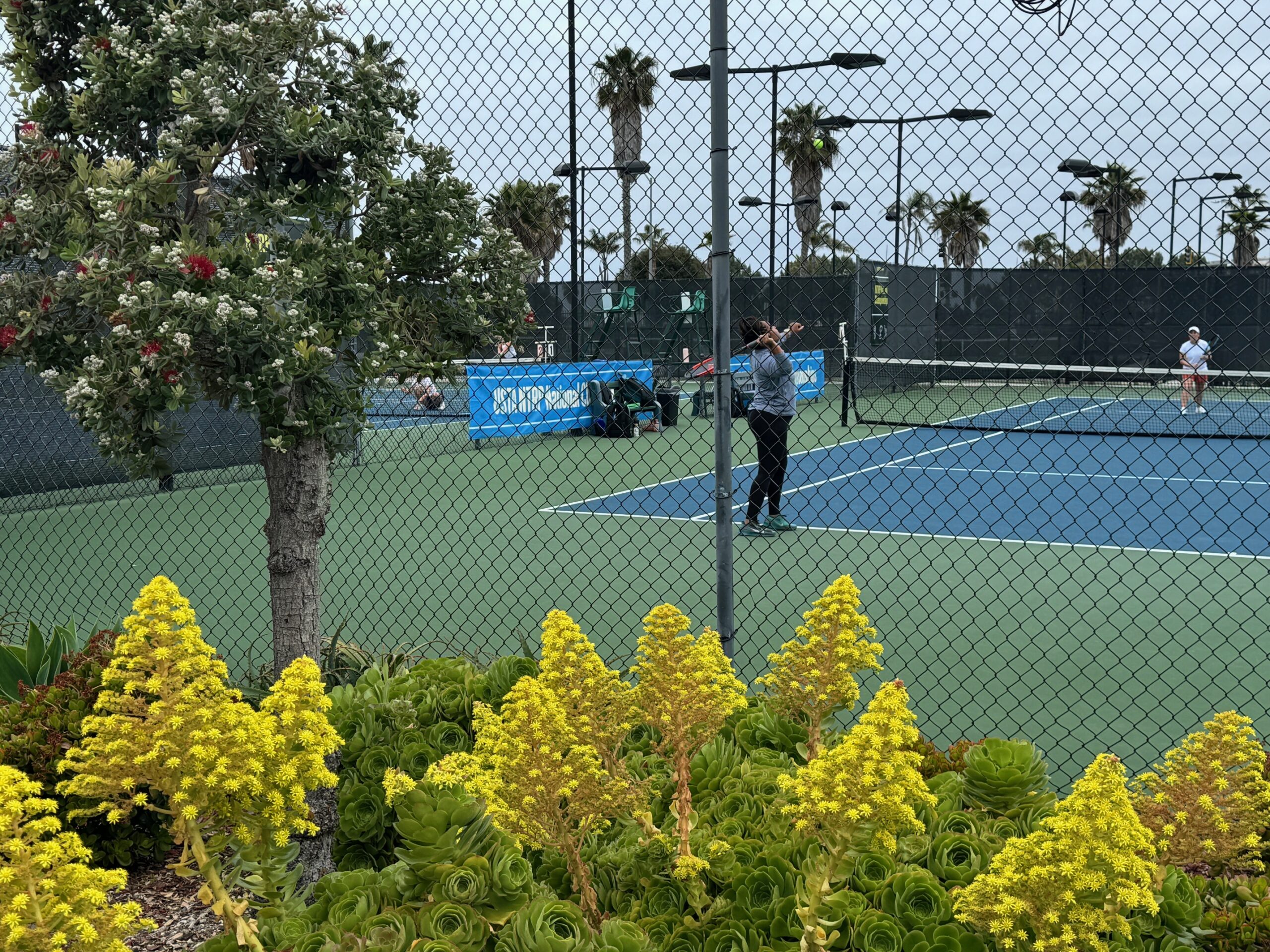I have been enjoying a fun diversion of reading about equipment that appears on the ITF Non-Confirming Equipment list. I think I would like to get my hands on some of these items and see if they really produced a material difference in play to the point of threatening the traditional skills required to play the game of tennis.
Two racquets specifically appear on the list. The first is the Head Ti.S7 which was prohibited because the two longest main strings exceeded the ITF maximum length of 15.5 inches. (Yawn.) There is also language prohibiting any racquet exceeding 29 inches indicating that this restriction was added in 2000. I apparently missed the long racquet craze of the late 90s that prompted this when I was busy having babies.
More interesting to my engineer brain is the Dynaspot movable mass racquet, which contains a fluid which enhances centrifugal force when the racquet is swung. This results in more power in the racquet with less effort from the player. It occurs to me that aftermarket modification would be theoretically possible to achieve this effect, making this the tennis equivalent to baseball’s corked bat. You can safely eliminate racquet smashers from suspicion of doing this, however.
A Spaghetti stringing system is also explicitly prohibited, which prompts the observation that spaghetti would not survive the strike of the ball and would also shower the point of contact with marinara sauce.
In reality the Spaghetti stringing system is one in which the string pattern is not interwoven, which does indeed produce massive amounts of spin on the ball as speculated in an earlier post on this topic. There are additional strings tied together around the sweet spot. A picture is needed.

This racquet was actually used in professional competition and produced some notable upsets of top players by lower ranked players including a second round win by American Mike Fishbach over Stan Smith at the US Open in 1977.
One vibration dampener is also prohibited, which is “The Silencer” which was made by Prince. That dampener has unbroken loops that has to be installed at the time that the racquet is strung. The recommended method for doing this would be to run the strings through the loop at the cross points between two of the mains and the lowest cross string. If these instructions are followed, the dampener would loop above the lowest string and thus ever so slightly into the string pattern. It does occur to me that it would be possible to install this device without looping through a cross string which would make it legal by the letter of the rule.
A final observation about the equipment that is prohibited for non-conformance is how short the list actually is. As I turn my attention to products explicitly listed as conforming to the ITF rules tomorrow, I think that some of the limitations on extending tennis equipment technology will be illuminated.
- Product Conformity, ITF, November 2019.
- Sweeter Sweet Spot, Popular Mechanics, April 1988
- ‘Big Bubba’ and other Racquet Outlaws, Bill Gray, Tennis.com, April 16, 2010
- Spaghetti Strung Racquets, http://www.physics.usyd.edu.au/~cross/SPAGHETTI%20STRUNG%20RACQUETS.htm , viewed Jan 28, 2020.
- Question of the Day: Revisiting the Spaghetti Racquet, Justin Difeliciantonio, February 5, 2013.


